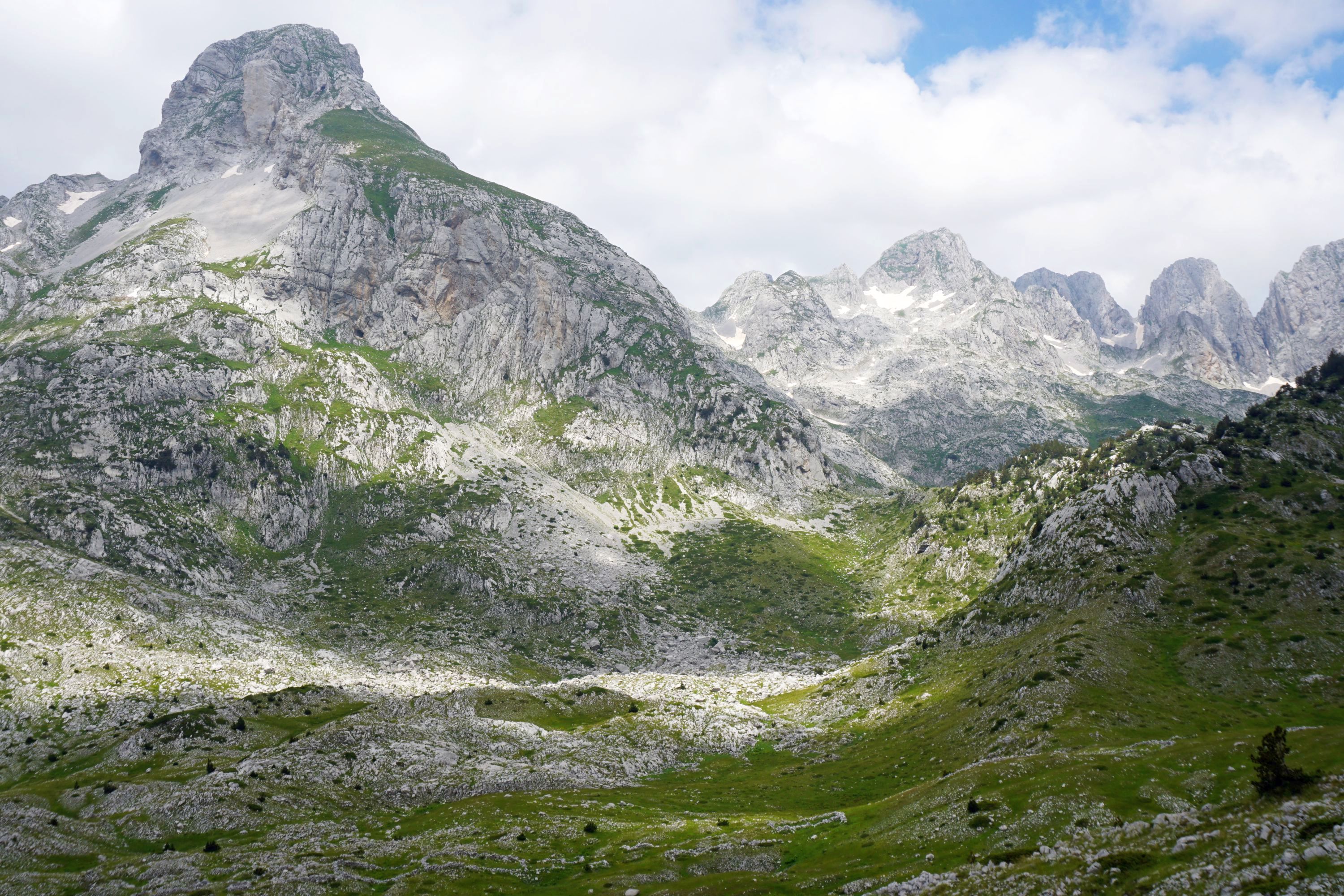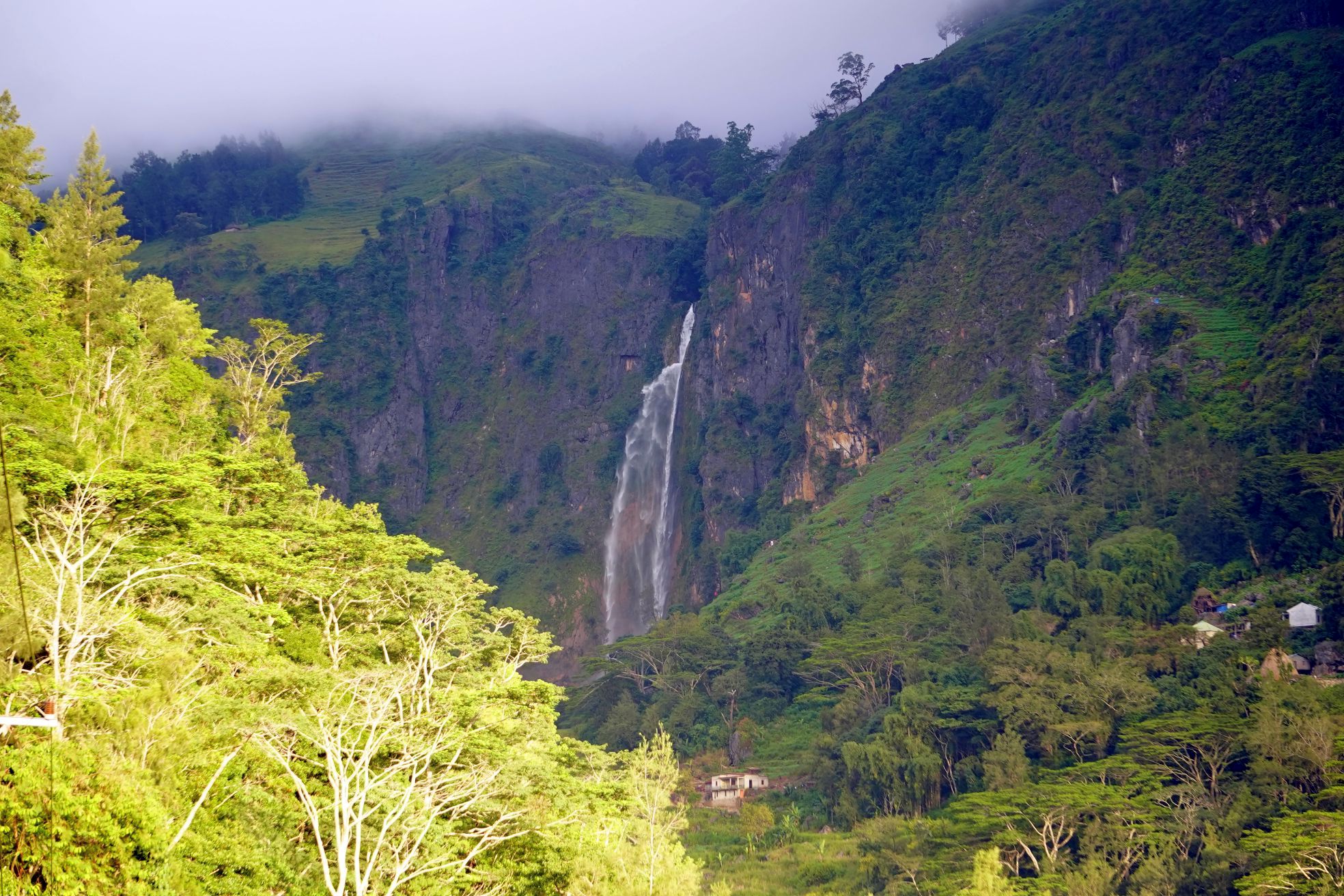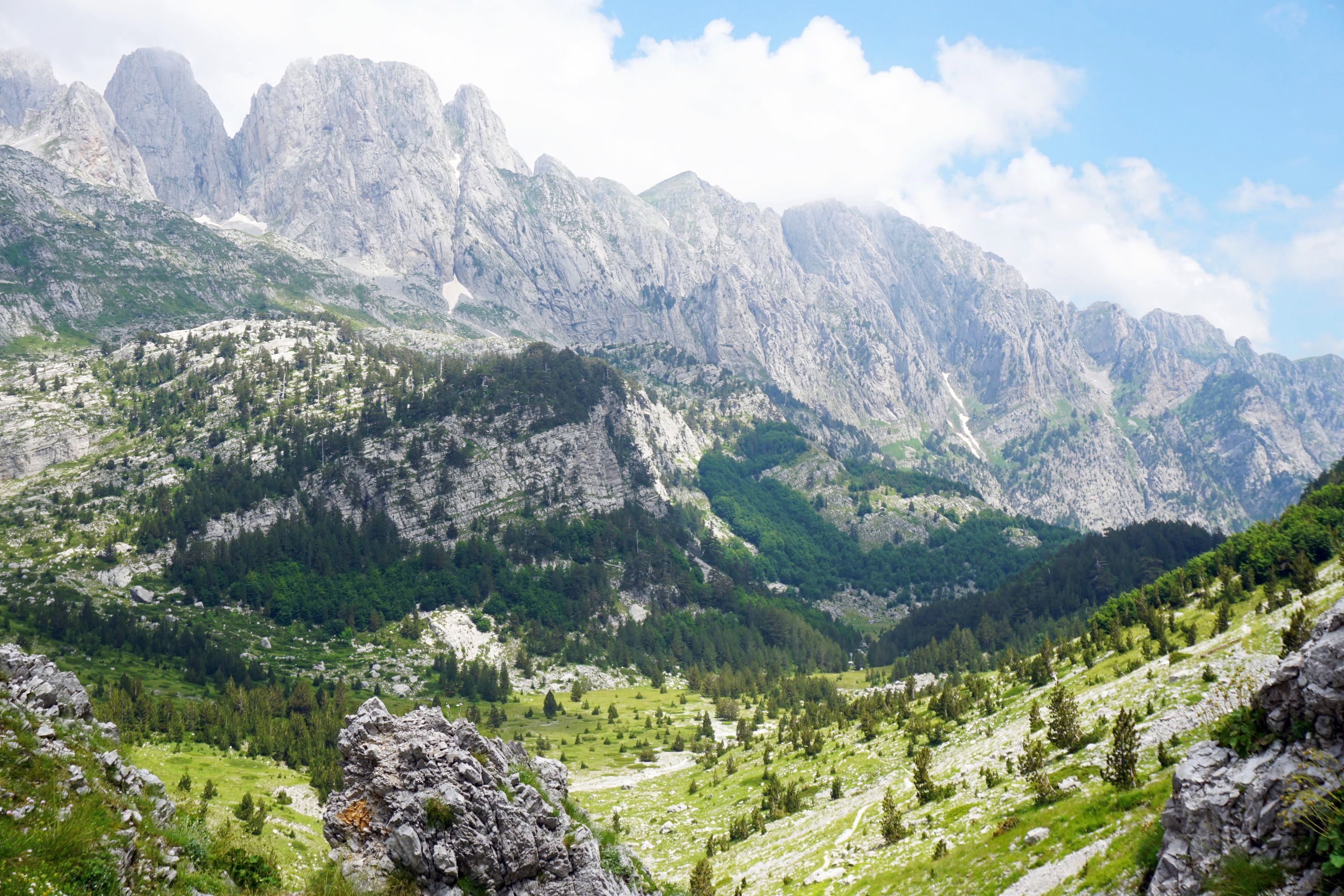From Luang Prabang I headed south to the touristy but very enjoyable Vang Vieng, and then further south to rejoin the Mekong River at Laos’ capital, Vientiane.
Getting around Laos isn’t simple, with the mountainous terrain and lack of development resulting in long road journeys. I travelled during the rainy season, but the clouds lifted at the Kiu Kacham lookout to give an idea of the surrounding landscape.


The lookout was also home to this incredible looking bug…

Vang Vieng is the adventure capital of Laos, a town of 25,000 people attracting 300,000 tourists annually pre-Covid, to explore the limestone caves and cliffs, and float down the Nam Xong River. It became one of the most notorious places in Asia, a backpacker hub in which perhaps hundreds of them died on the river from hitting rocks or drowning, aided by easily available alcohol and strong drugs. After more than 27 deaths in 2011 the government intervened to close down the riverside bars and remove the dangerous ziplines and slides. When I visited in 2013 it still mainly attracted backpackers, with almost every bar playing episodes of Friends, but since then it has become more upmarket apparently, attracting more mature visitors, including hundreds of thousands of South Koreans.




Nam Xong River become infamous due to tubing and dozens of riverside bars with ziplines and slides. The morning I spent on it was far more tranquil, taking a kayak and enjoying the surrounded landscape, including a nearby cave, and games of table tennis and boules at the bars.






In the afternoon we headed half an hour out of Vang Vieng by tuk tuk to the village of Ban Na Thong, through a landscape of rice and limestone cliffs.




Near the village is the relaxing Blue Lagoon.

From the Blue Lagoon it’s a 200m steep climb up to the Tham Phou Kham Caves, a labyrinth of chambers home to a large reclining Buddha, lost in the scale of the place.






It was a four hour drive onto Vientiane, which will be shorter now as the Chinese funded Vientiane-Vangvieng expressway was built between 2018 and 2020. Vientiane is by far the largest city in Laos, but still only home to ~11% of the 7 million population. There isn’t a huge amount to see, the city was burnt to the ground by the Thai in 1827, but there were some unusual non-temple sights, starting with the Patuxai, a triumphal arch built 1957-1968 to commemorate though who fought in the struggle for independence from France. It was built from American funds and cement intended for a new airport. Inside was an unexpected gift shop, and views from the top.





The UXO COPE (Cooperative Orthotic & Prosthetic Enterprise) Centre is the main source of artificial limbs, walking aids and wheelchairs in Laos. Tragically it is very much in demand as Laos is the most bombed country in the world, after the US dropped 270 million bombs over a nine year period during the Vietnam War in an attempt to disrupt the Ho Chi Minh Trail.






The only temple in this post is the complex around Pha That Luang, the national symbol of Laos, a 44m high stupa covered in gold.















To finish with a few photos from around the city, including the office of the Prime Minister behind the fountain, That Dam (Black Stupa), and King Anouvong Statue.











Leave a Reply